How to grow plants in water – cultivate all year round with these simple techniques
If you want to grow vegetables indoors the good news is there are several foolproof ways of cultivating plants in water that bring fast results every time

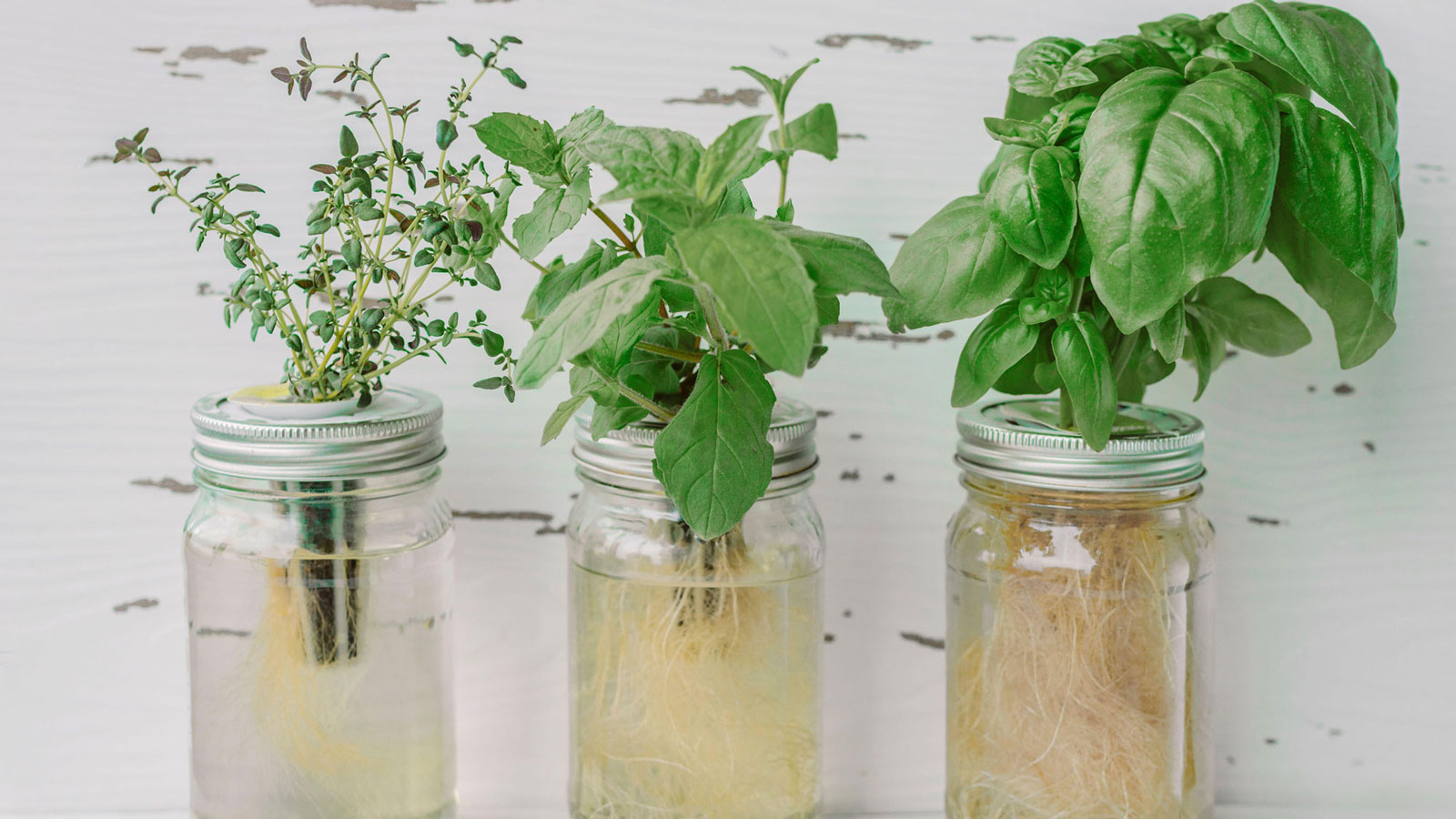
If you love growing your own, and find yourself longing for fresh and nutritious homegrown food during the winter months, there is a way of doing this simply by using water.
Known as hydroponic gardening, this trend is especially useful to know about if you live in a compact urban space.
The name might sound complicated but put simply hydroponics is a system of growing plants indoors without soil, using water-based nutrients and LED lighting to produce fresh and nutritious home-grown food. You can also use it to cultivate lush salad crops indoors, houseplants to grow your collection, as well as year-round fresh flowers.
The good news is you can find your own level with hydroponics too, whether that's growing a small herb collection and turning your windowsill into an indoor garden, or opting for year-round fresh strawberries, tomatoes or leafy greens in a bigger set-up.
So, if you're wondering how to grow plants in water all year round as part of your indoor garden ideas why not hop on the trend.
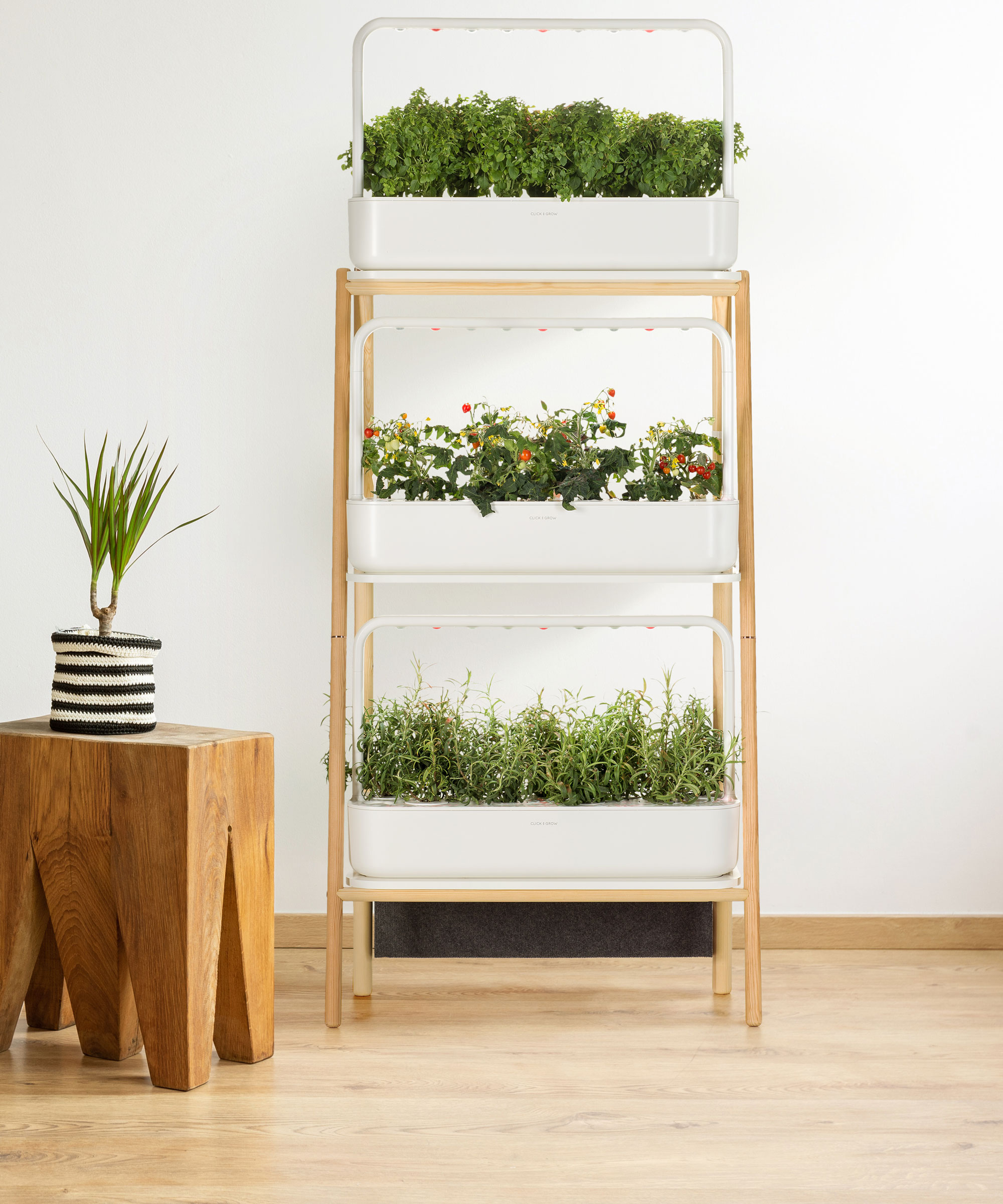
The Smart Garden 27 from Click and Grow works like a capsule coffee machine. It comes with a variety of plant pods, light and nutrients. Just add water and you have everything you need to nail hydroponic gardening
How growing in water works
‘Hydroponic gardening is an innovative method of growing plants without the use of soil,’ explains Henry Bravo, founder of SmartGardenHome. ‘Instead, plants are provided with nutrient-rich water, which allows them to grow faster and healthier than traditional soil-based gardening.’
See it as an extension of your small vegetable garden ideas. Hydroponically grown produce is noticeably greener, healthier, and more nourishing due to the water recirculation system's ability to control nutrient delivery to plants. The direct delivery of nutrients incorporated in the water means faster growth and healthier plants.
Design expertise in your inbox – from inspiring decorating ideas and beautiful celebrity homes to practical gardening advice and shopping round-ups.
Just make sure you get the right type of nutrients. 'There is a difference between initial growth nutrients, and fruiting and flowering nutrients,' explains Angelo Kelvakis, head of RD for Rise Gardens. 'Plants need a different ratio of nutrients when growing their flowers and fruits. This means you should expect multiple parts to your nutrients and to switch between these nutrients as your plants grow.'

Henry Bravo studied plant science at the University of California, Davis, and is the founder of SmartGardenHome. He combines his love of gardening with a passion for technology, smart gardens, hydroponics, robot lawn mowers, and other smart devices.

After running Loyola University’s ‘Ecodome,’ a large aquaponics lab, Angelo joined Rise Gardens, where his role is Director of Research and Development. He’s the guy who knows just about everything when it comes to plants. He’s also the scientist who sources their seeds
How to get started
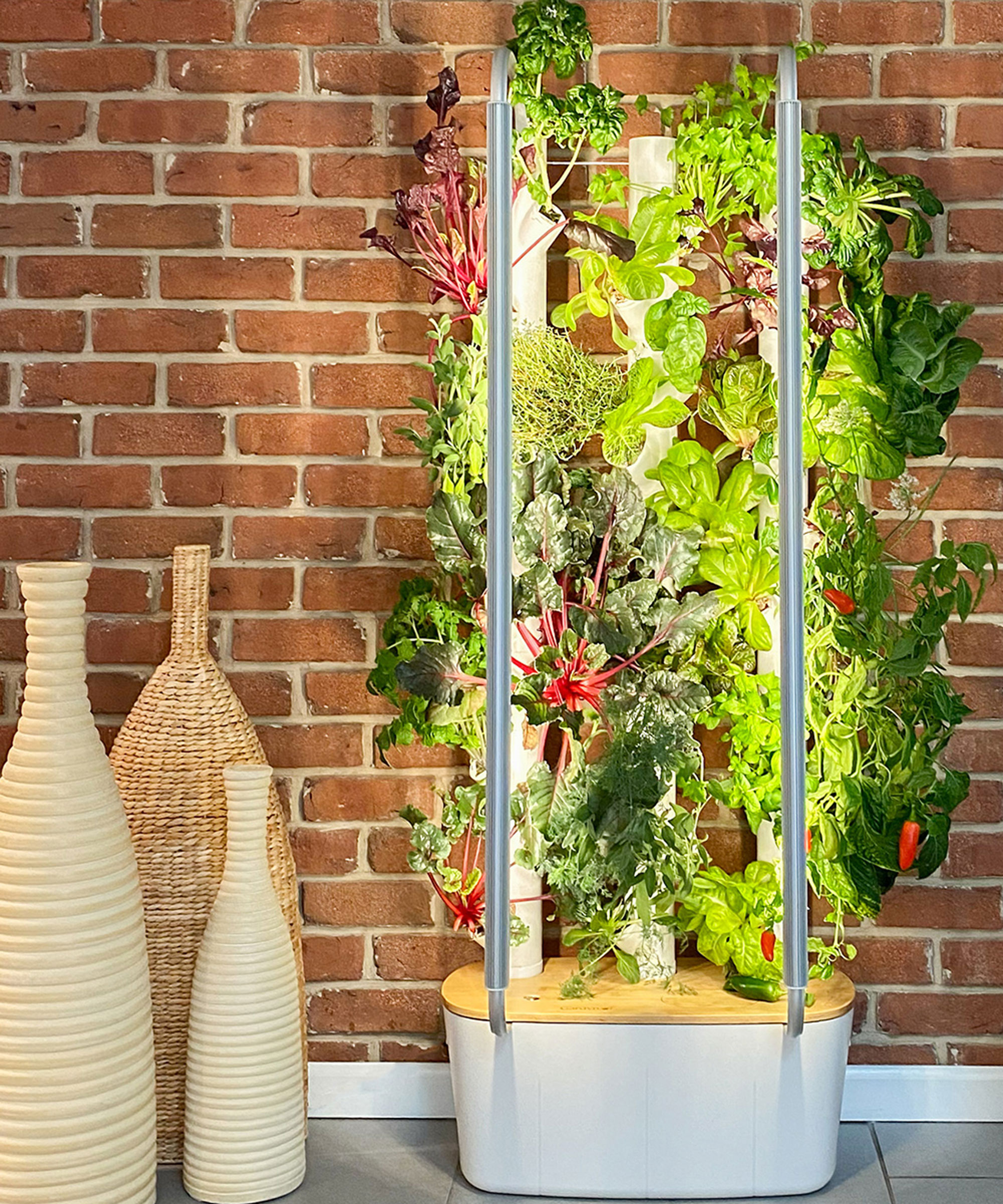
Gardyn's award-winning indoor Home Kit 3.0 hydroponic vertical growing system will accommodate up to 30 large plants in only 2 square feet of space
'If you want to buy an easy off the shelf system, start with a tabletop hydroponic garden,' says Angelo Kelvakis. 'These come with lights, recirculating water, and enough seeds and nutrients to get started. This will be easy to set up, and produces plants with very little effort.'
If you're looking to set up something bigger, think about purchasing a floor system with a large water reservoir and lights included. 'These systems are more expensive, but you'll get more produce,' explains Angelo. 'There are several types of gardens out there, so go for companies with a wide selection of plants, multiple types of nutrients, and strong grow lights.'
You'll also need artificial lighting. Depending on what type of plant you want to grow you need to allow up to 14 hours of artificial light a day, followed by 10-12 hours of darkness. Look for grow lights like these ones from Amazon, which are effective and affordable. An electronic timer is a good idea to keep on top of things if you're planning to grow a variety of plants with different light requirements.
6 of our favorite plants to grow in water
In theory any plant can be grown hydroponically, but in practice it's most widely used for crops that would ordinarily be grown in a greenhouse, such as the salad bowl staples of lettuce, tomatoes and cucumbers, as well as leafy greens like spinach and kale.
Depending on the hydroponic system you opt for, in addition to vegetables, herbs and salad crops, the list of what you can grow in a hydroponic garden includes annual flowers, houseplants and fruit. Here are some easy options to get you started.
1. Spinach

Hydroponic gardens are very well-suited to growing leafy greens like spinach, as these plants have small root systems.
Growing spinach hydroponically can produce an edible crop from seed to harvest in just five weeks. Always use fresh seed and put it in the fridge for one to three weeks before sowing as this produces healthier plants. Keep seeds moist and repeat sow every two weeks so you can harvest continually.
'Spinach is a long-day plant that starts to flower and bolt when it gets between 10-14 hours of light per day,' explains Breanna Sherlock, one of the in-house plant experts at Planta and an experienced urban gardener.
Spinach leaves that bolt are bitter tasting. 'So if you grow spinach indoors under artificial lights it might be worth only having them on for 10 hours a day to get a good harvest,' she adds.
2. Herbs
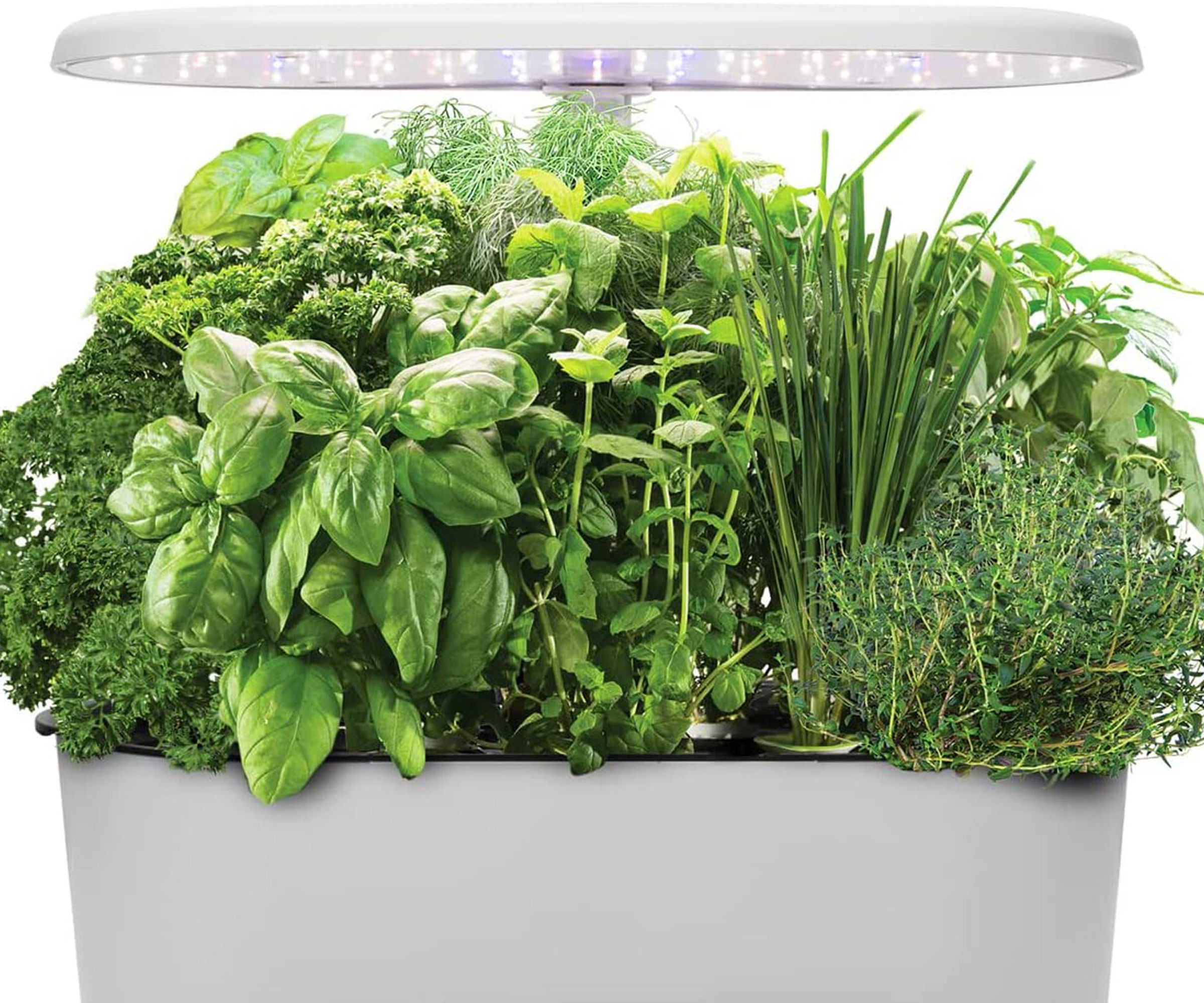
The compact Bounty Basic by AeroGarden is a countertop hydroponic garden that's an easy starter kit
Many herb garden ideas are perfect for home hydroponic systems, including popular choices like basil, parsley, cilantro, and mint. A small countertop hydroponic system can easily keep the average household supplied with enough fresh herbs. They are also one of the easiest types of plants to grow in jars of water on a windowsill.
Choose a simple set-up on your countertop and you can grow your own herbs 365 days a year. Opt for styles with energy efficient 40 watt LED grow lights that automatically turn on and off, plus remind you when to add water and liquid plant food, as well as having a vacation mode for keeping plants thriving if you go away.
3. Tomatoes
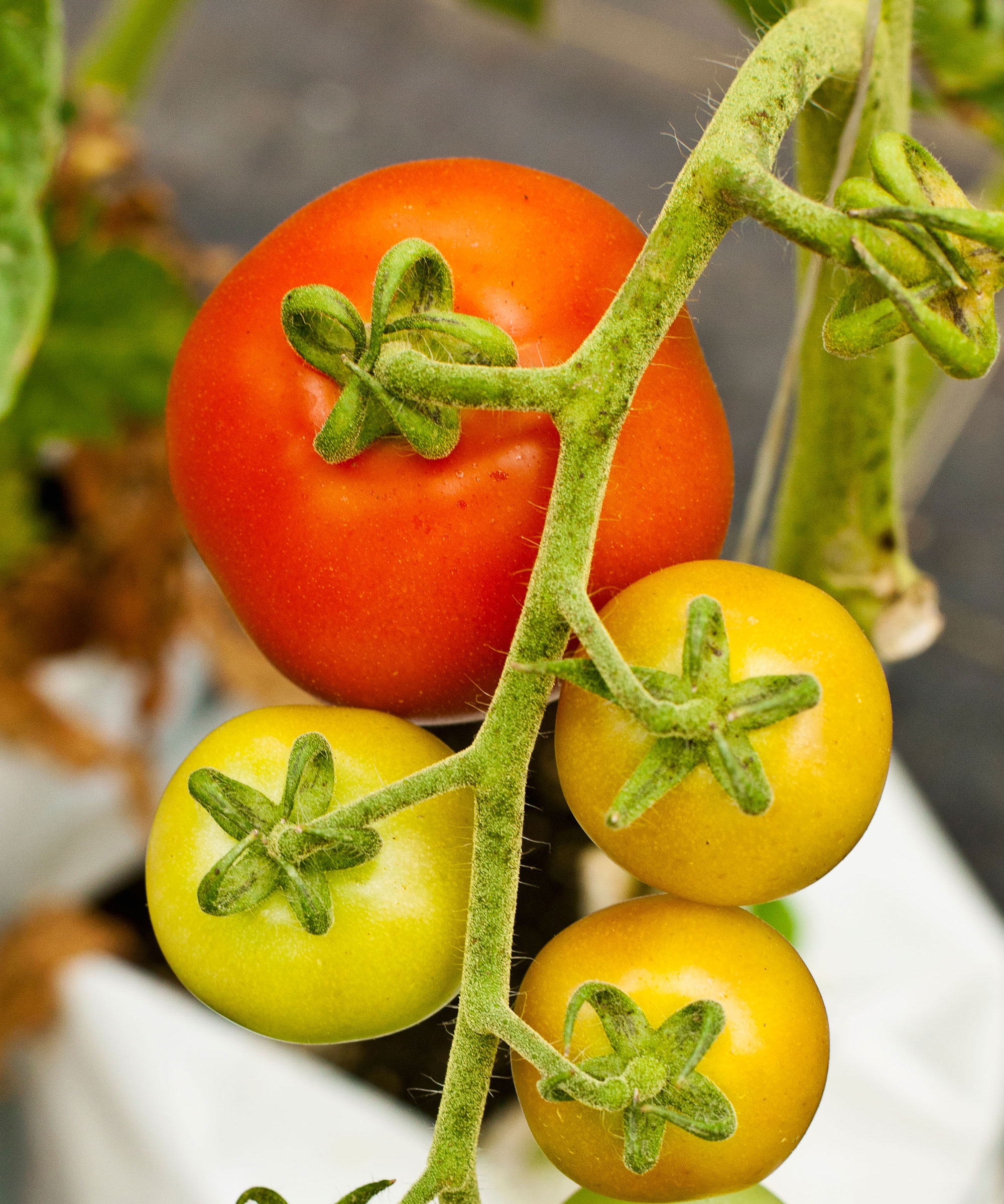
If the conditions are right tomatoes are able to grow up to 50% faster hydroponically than they do in soil. You can also expect up to 10 times the yield compared to traditional methods. Lighting, water and nutrients are everything for these hungry, thirsty crops.
You'll need a grow tower for tomatoes due to the height of the plants. Or look for dwarf tomato plants, often called ‘patio’ or ‘baby’ varieties, which can be grown with great success indoors in smaller units.
4. Strawberries

Hydroponically grown strawberries don't need pesticides as this method of growing eliminates pests. In addition they don't have to compete with weeds growing in soil and stunting their growth, as well as the vagaries of the weather.
Strawberry plant containers can be stacked vertically in a hydroponic system, saving space and making them easier to tend.
The key nutrients necessary for healthy strawberry growth include nitrogen, potassium and phosphorus, so you will need the correct mix for your plants. Look out for varieties like 'Albion' and 'Mara de Bois' for a reliable harvest.
5. Houseplants
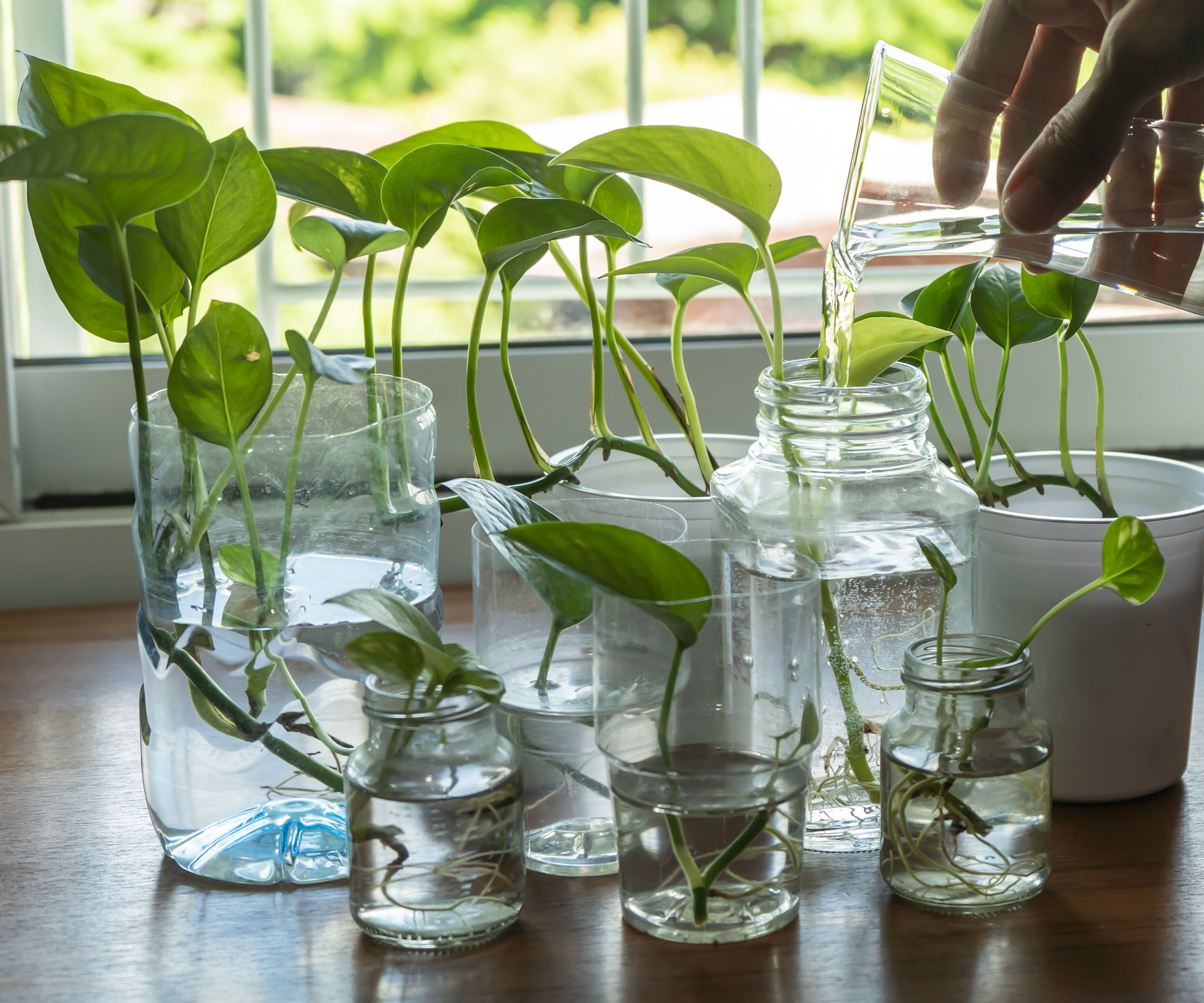
Young pothos plants (also known as Devil's Ivy) growing in water
Indoor plants are a great choice for hydroponic culture, so it's an easy win to multiply your plant collection. There are many common houseplants that can be grown in this soil-free way.
Take a few cuttings with a node from the plant you want to grow to start a hydroponic collection. Peace lilies and pothos are great choices, as well as other common indoor plants like philodendron, spider plants and money tree plants. Many orchid varieties also prefer the steady conditions offered by hydroponics.
6. Flowers

Gerbera flowers can be grown in water
Many flowers on sale at your local florist will in fact have been grown hydroponically because of the higher yields as they grow up to 50% faster in water. Growing flowers in water gives you complete control over the climate and nutrients available to your plants.
Growing flowers hydroponically lets you focus on each variety of flower and give them the exact conditions they like with no weeds, diseases or bad weather to contend with. Popular choices of flower to grow hydroponically include marigolds, dwarf sunflower varieties and gerbera.
FAQs
Does it matter what sort of water you use from growing plants in water?
Rainwater is the best choice for growing plants hydroponically, because it's filtered naturally. Reverse osmosis is the next best thing. It's a water purification process that removes nearly everything from the water by passing it through a membrane.
It's fine to use tap water if you want to keep things simple, especially if you're growing in jars, but it's a good idea to let the water stand for a couple of days to let chemicals, such as chlorine, evaporate. As well as the recommended nutrients for your particular plants you can also add activated charcoal to the bottom of your growing vessel to help keep the water pure.
Did you know you can also grow vegetable scraps in water? Try onions, celery, and lettuce for a simple and economical way to get tasty produce from scraps you would otherwise throw in the trash.

Lifestyle journalist Sarah Wilson writes about garden design and landscaping trends for Homes & Gardens. She has studied introductory garden and landscape design, and also has an RHS Level 2 qualification in the Principles of Plant Growth and Development. She is a regular contributor to Homes & Gardens and Livingetc. She has also written for Country Living, Country Homes & Interiors, and Modern Gardens magazines